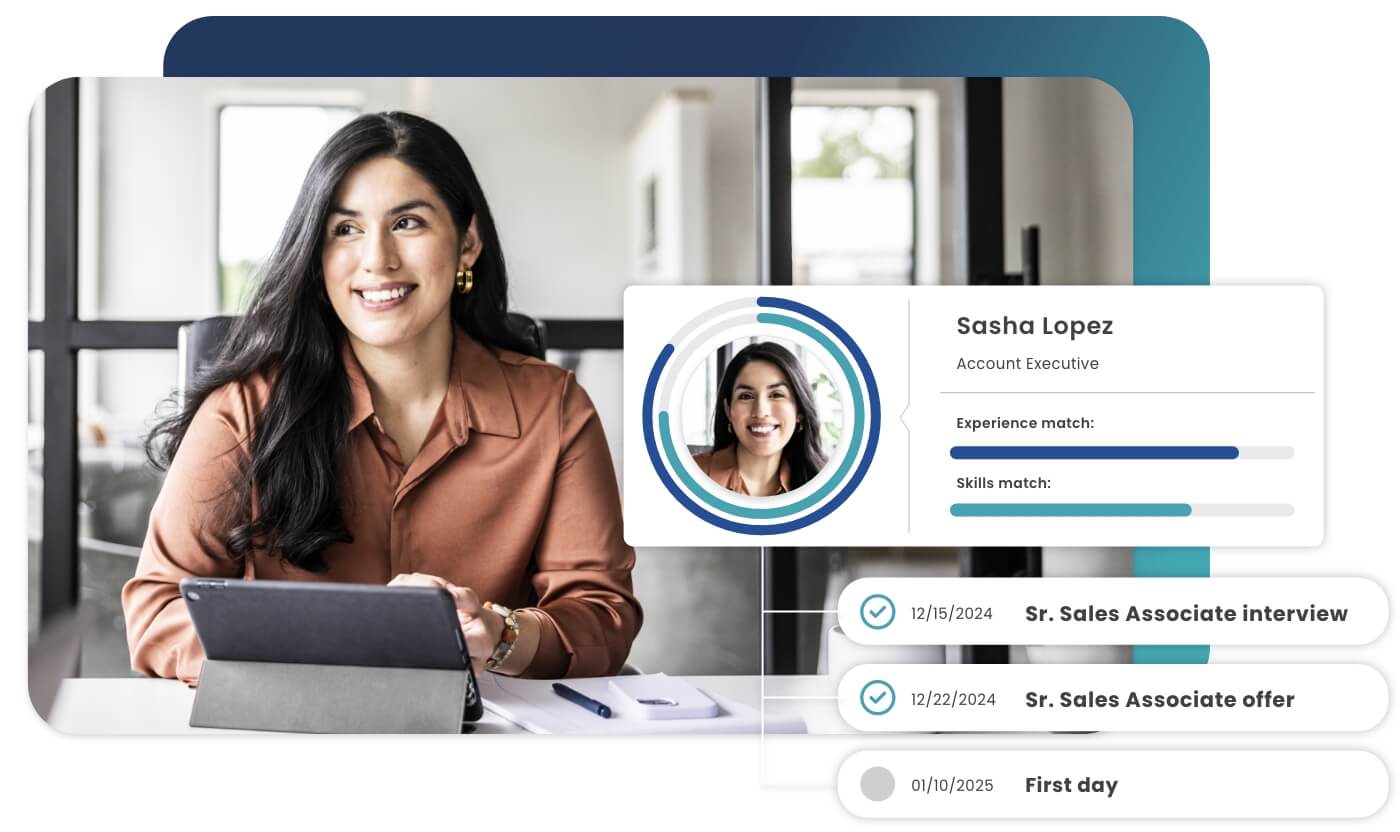

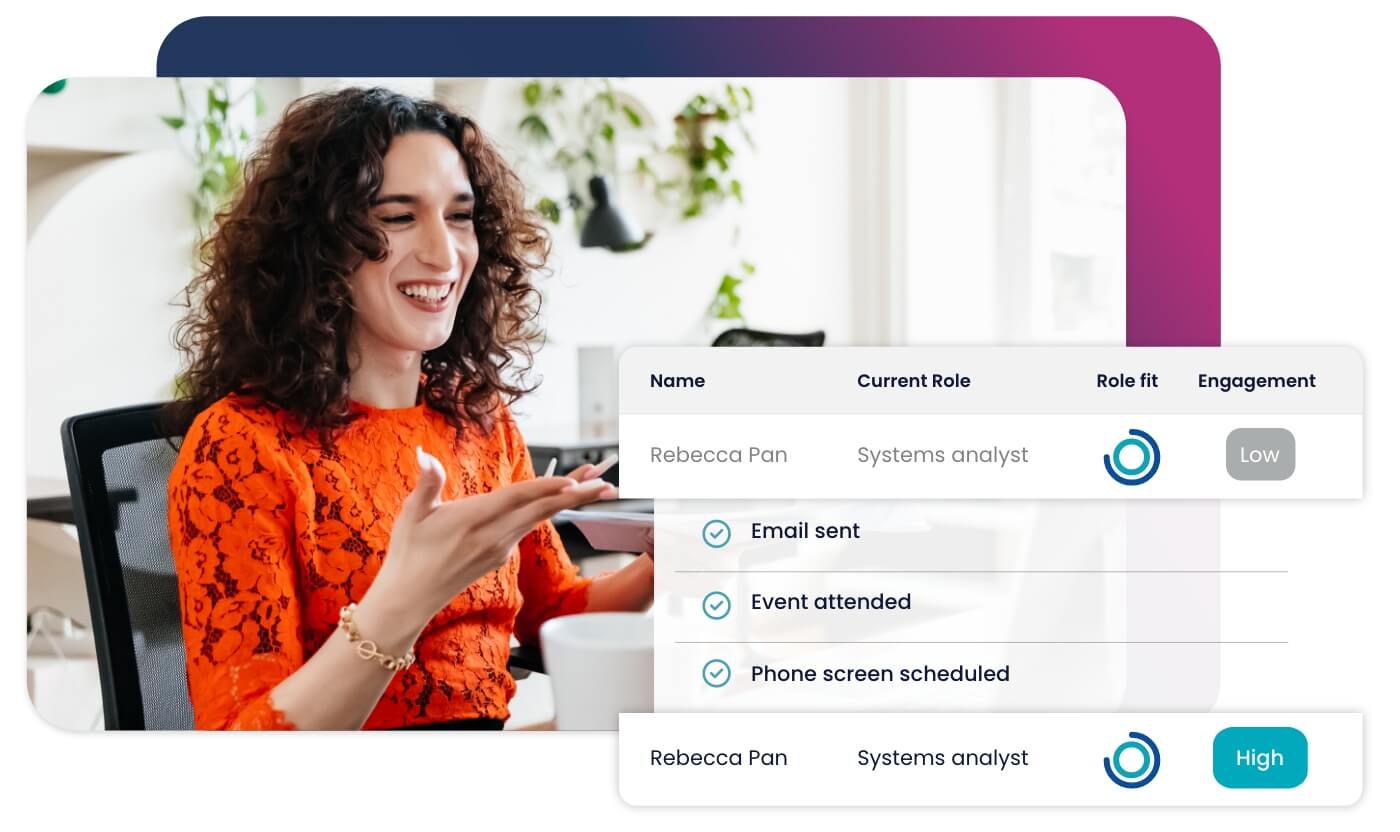
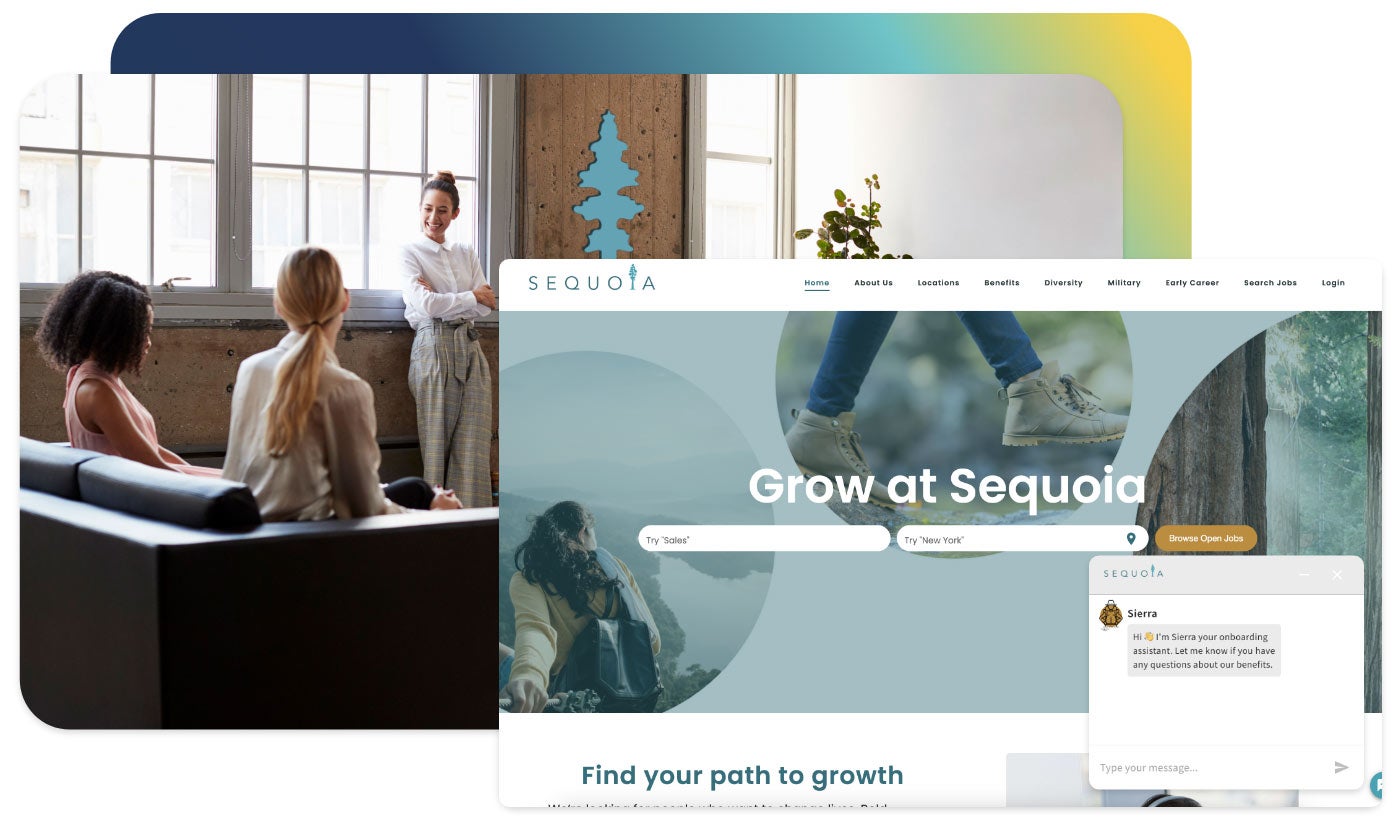


Accelerate hiring key talent to deliver care and exceed patient satisfaction.

Attract skilled candidates, speed up hiring and grow expertise in your workforce.

Simplify recruiting finance and banking talent with a platform for hard-to-fill roles.


Build a talent pipeline that engages and drives your business forward.


See how diverse and global enterprises use iCIMS to employ millions, drive innovation and connect communities worldwide.

Uncover unique market insights, explore best practices and gain access to talent experts across our library of content.


View press releases, media coverage, the latest hiring data and see what analysts are saying about iCIMS.

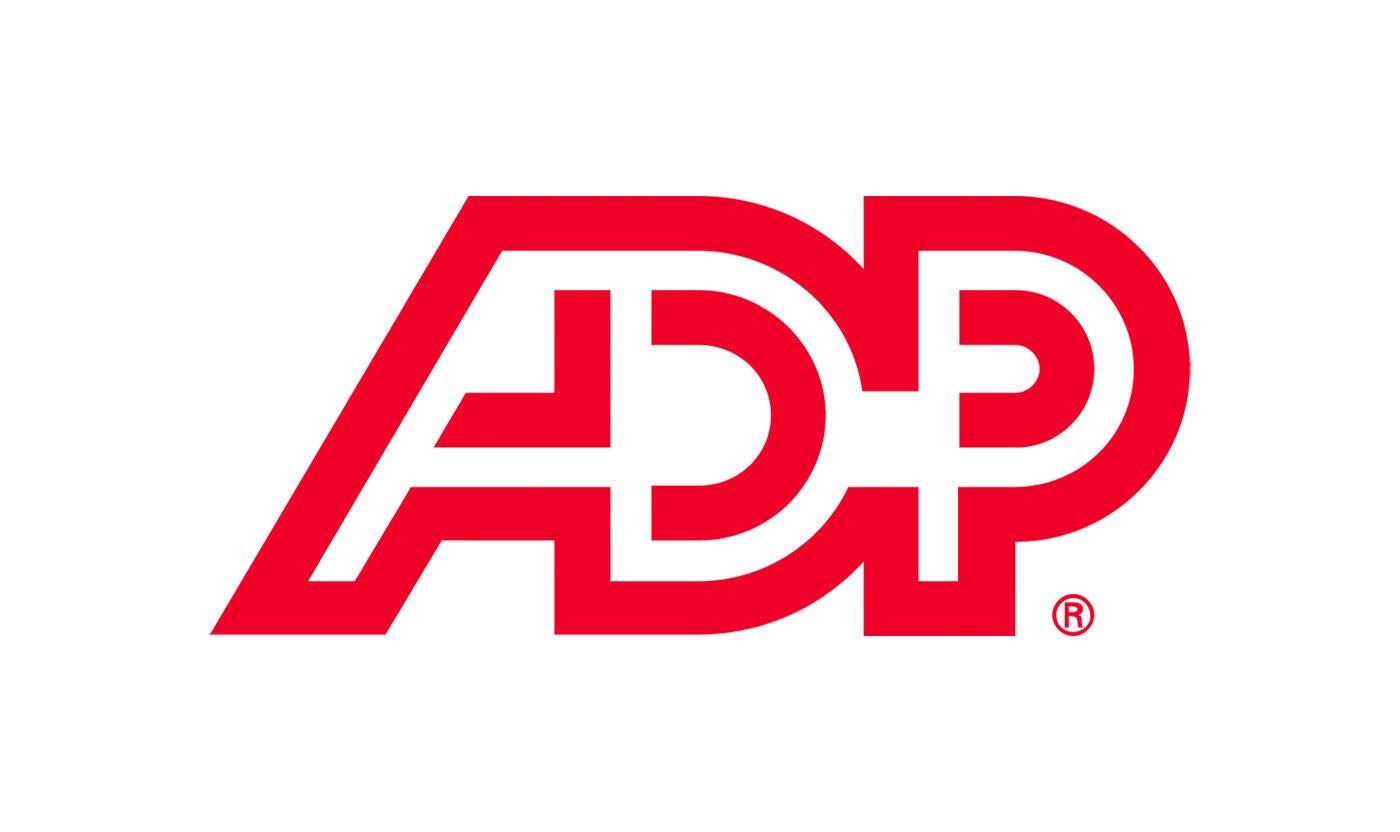
Streamline your tech stack and take advantage of a better user experience and stronger data governance with ADP and iCIMS.
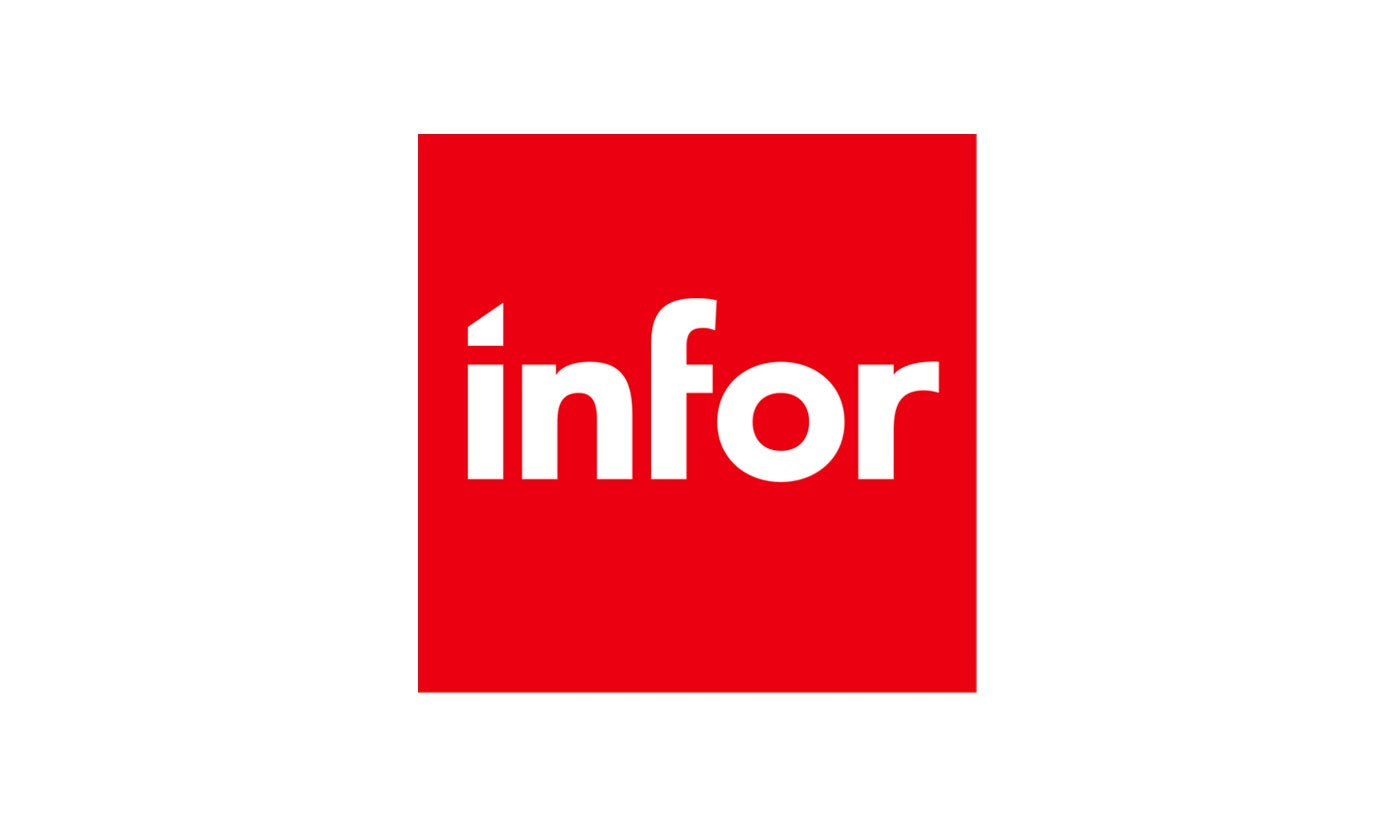
The combined power of iCIMS and Infor helps organizations strategically align their business and talent objectives.
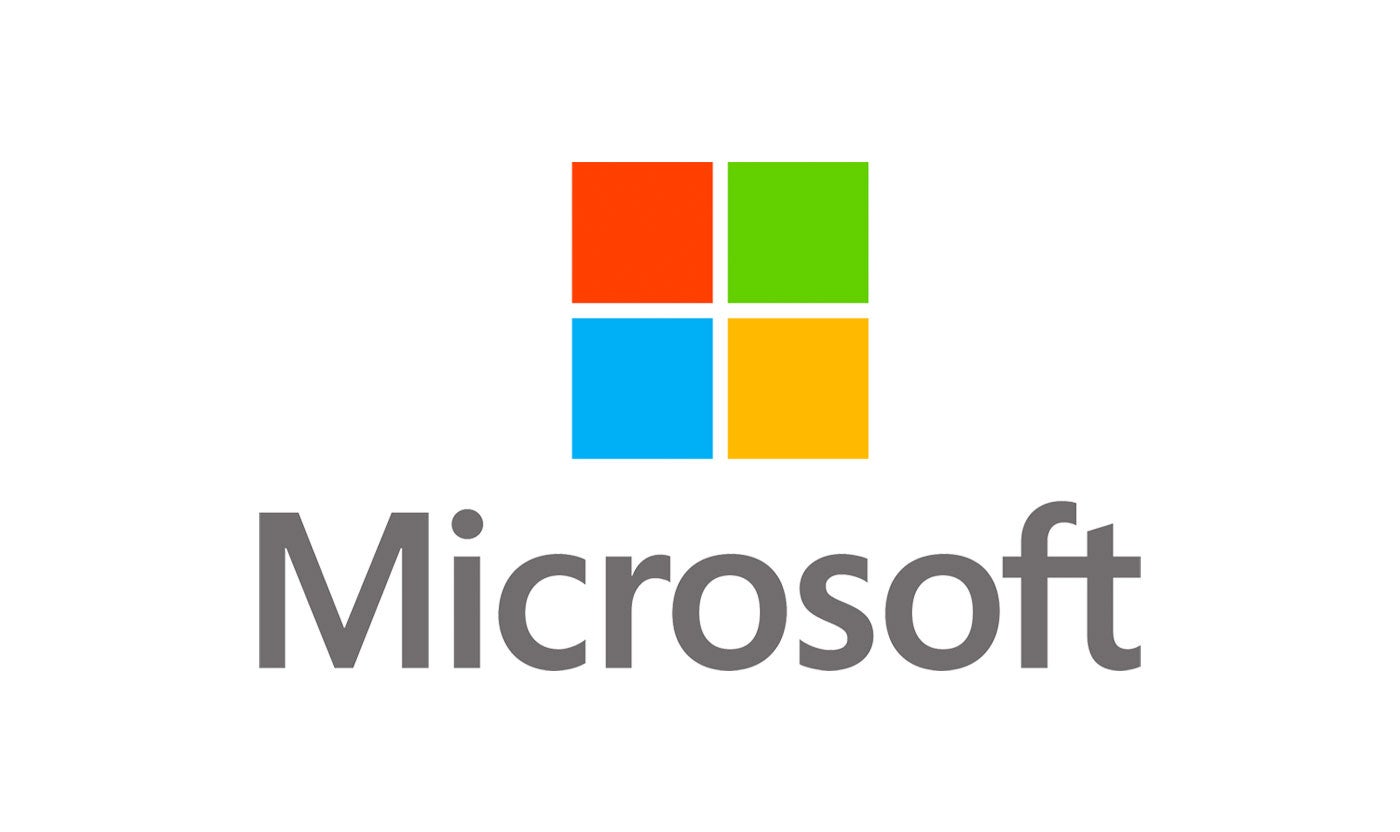
Our award-winning partnership with Microsoft is grounded in a shared desire to transform the workplace and the hiring team experience.
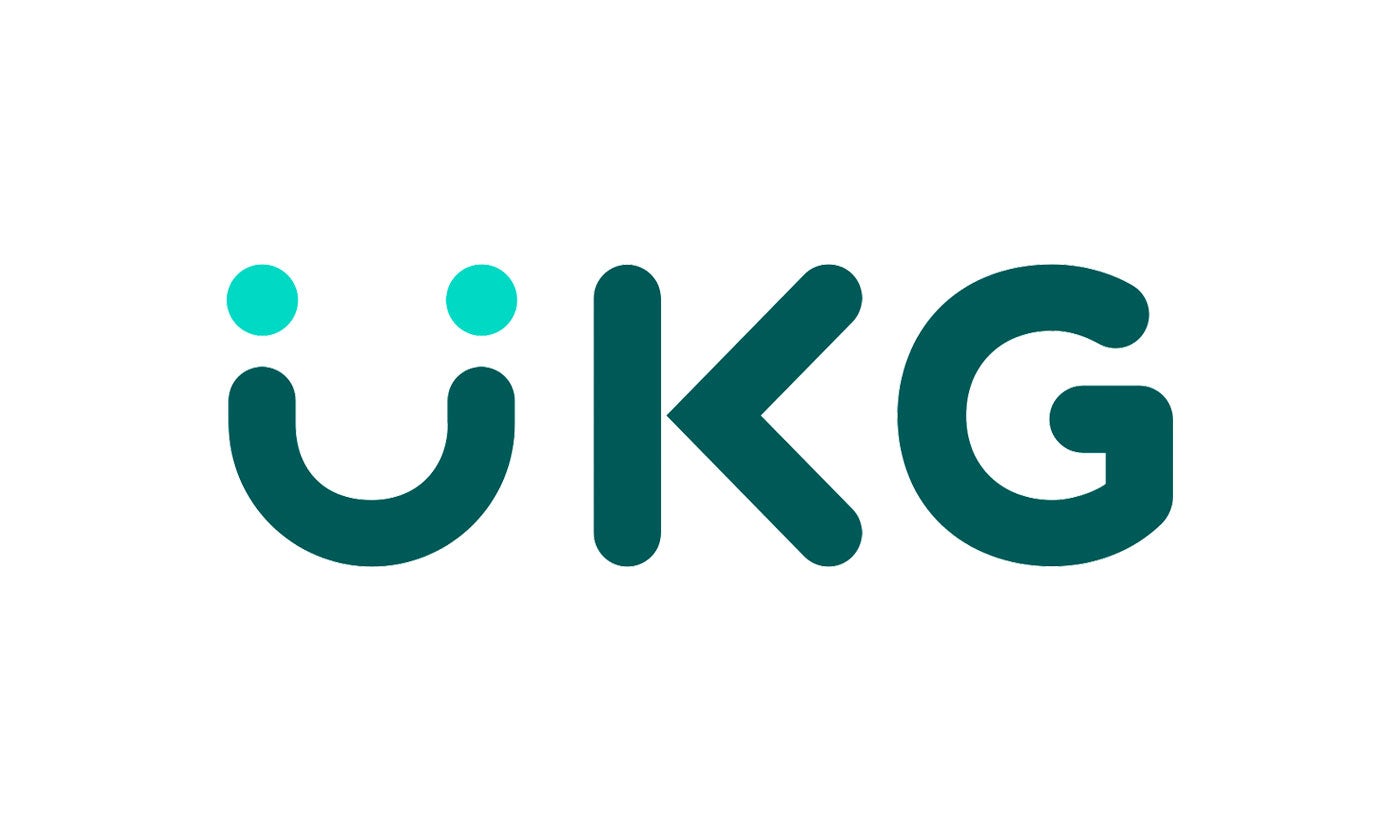
Our partnership with Ultimate Kronos Group (UKG) supports the entire talent lifecycle by bringing frictionless recruiting solutions to UKG Pro Onboarding.

Decisions, decisions… they happen all around us. We make 35,000 subconscious decisions according to Roberts Wesleyan College research. Not in a lifetime either… in a day.
When the subconscious is involved, so is bias—it’s only natural. That’s why the selection process and supporting applicant tracking software are key for diversity. Not only is unbiased hiring our path to a more inclusive future of work, it’s the best way organizations can eliminate risk of overlooking their best-fit candidates.
Read on for actionable tips on identifying and reducing hiring bias.
“Biases don’t make us bad; they make us human. One way to deal with bias in the hiring process is to remember that different shouldn’t be spelled W-R-O-N-G.”
– Chinor Lee, Associate Director of Culture, Belonging, Inclusion & Diversity (CBID) at iCIMS
Completely eliminating bias is a work of progress, not perfection. Humans will remain a critical piece of the talent selection puzzle, and to tackle bias is simply a matter of getting honest about where it could be impacting your hiring decisions today, and where you can pivot to improve for the future.
Needless to say, no one tries to have bias. Most people don’t even realize it’s happening- but it does.
Here’s how to actively break it down:
The steps above are quick wins, but the sustainable change comes with the support of hiring software that understands current hiring priorities. Humans ultimately make hiring decisions, but there are tools that can process screening data and elevate unbiased insights to drive those decisions:
Many tools that specialize in these areas are readily available to integrate with your applicant tracking system to enhance, not disrupt your hiring workflow. Browse through hundreds, here.
If diversity and inclusion are priorities at your company, you’re in a good position with today’s technology offerings. Recruitment technology provides leaders with the power to build high-performing teams through diversity of thought and experience.
It’s all about starting somewhere, and our Decode Diversity: How to Recruit High-Performing Teams infographic helps you do just that. Make a clear case for how diversity impacts performance of teams and the 8 aspects of diversity to seek out in talent pools.
Reviewed for accuracy on March 10, 2021, by Alex Oliver.





